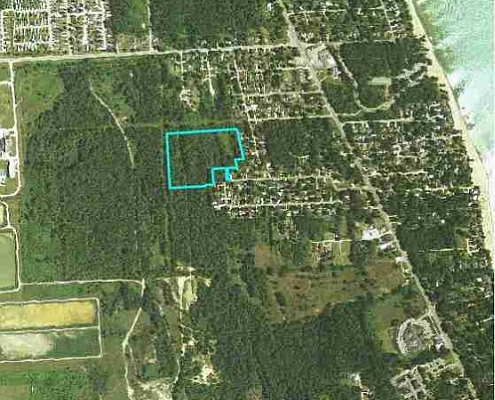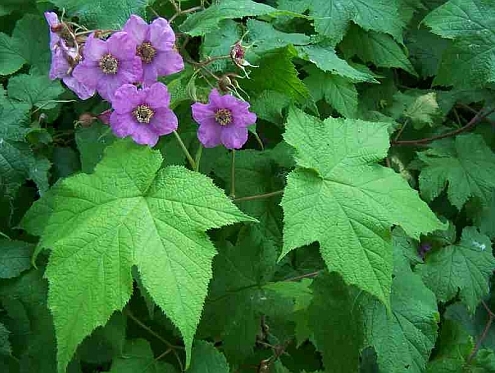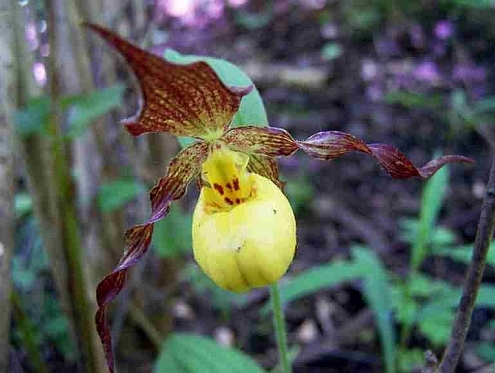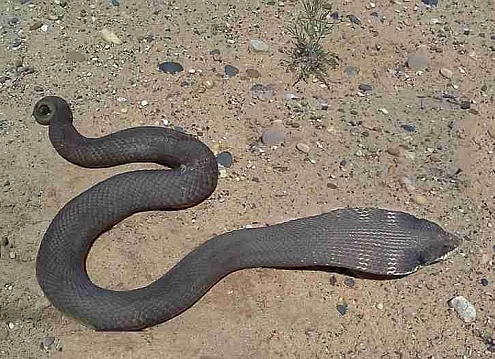In the southern Thumb, the beach ridge and swale landscape is restricted to a narrow strip along Lake Huron in Saint Clair County, in Fort Gratiot and Burtchville Townships, and some small patchy occurrences in Sanilac County. The landscape is much more extensive in Huron and Tuscola Counties along the Saginaw Bay, especially near Port Crescent State Park. In Saint Clair County, it originally covered less than 1% of the total land area, and has since been significantly reduced by commercial and residential development. The landscape consists of a series of upland sand ridges and mucky wetland troughs or swales between. In Saint Clair County, the sand ridges average about 40 to 50 feet wide and 3 to 4 feet above the adjoining swales. The swales are usually about as wide as the ridges, but some are a few hundred feet wide. The largest and oldest beach ridge runs continuously along the western limit of the landscape, furthest inland from Lake Huron. This ridge was over 500 feet wide across most of its extent and may have been over 30 feet high in some areas.
Although much of it has been mined out, this big sand ridge is still largely intact through Lakeside Cemetery and into Port Huron near the Blue Water Bridges where it is about 15 feet higher than adjoining land. Centuries ago, this ridge served as a burial ground for Native American inhabitants whose burial mounds have been found near Port Huron. The beach ridge and swale landscape provides not only unique habitat, but also a record of Michigan’s post-glacial past.
Most of the Peltier Beach Ridge Sanctuary is forested, except a large trail that runs through the western part of the site, and portions of the sand ridges in the east of the preserve. Like most of the landscape, the wetland swales are covered by Silver Maple, Green Ash and Black Ash, the larger ash trees now all dead due to the Emerald Ash Borer, Eastern Cottonwood, and American Elm. The upland beach ridges are covered largely by Black Cherry, Bigtooth Aspen, and American Basswood, with scattered Black Oak and a few Northern White-cedar. The lower ridge bases are lined with Paper Birch and covered by an unusual concentration of Alternate-leaved Dogwood.
Much of the beach ridge and swale landscape in Saint Clair County was impacted years ago by logging, clearing, draining, livestock grazing, and sand mining. Because the surrounding forest as a whole has either been degraded or eliminated, subsequent forest species recruitment has been severely diminished, which has limited the return of many forest plants and therefore, the recovery of a mature forest community. The dominance of invasive species like Tartarian Honeysuckle, Common Privet, and Garlic Mustard has further displaced mature forest species.
Despite so many impacts, the landscape still contains high quality habitat with several unique species. Like other parts of the landscape in Saint Clair County, a few sand ridges on the Peltier Beach Ridge Sanctuary contain small patches of Purple-flowering Raspberry, the Lower Peninsula’s equivalent of the Upper Peninsula’s Thimbleberry, with large flowers and large raspberry fruits that can actually fit over a finger like a thimble. Purple-flowering Raspberry is thought to be native to only 7 shoreline counties in Michigan. The species is so restricted to this habitat in Saint Clair County that it’s symbolic of it.











